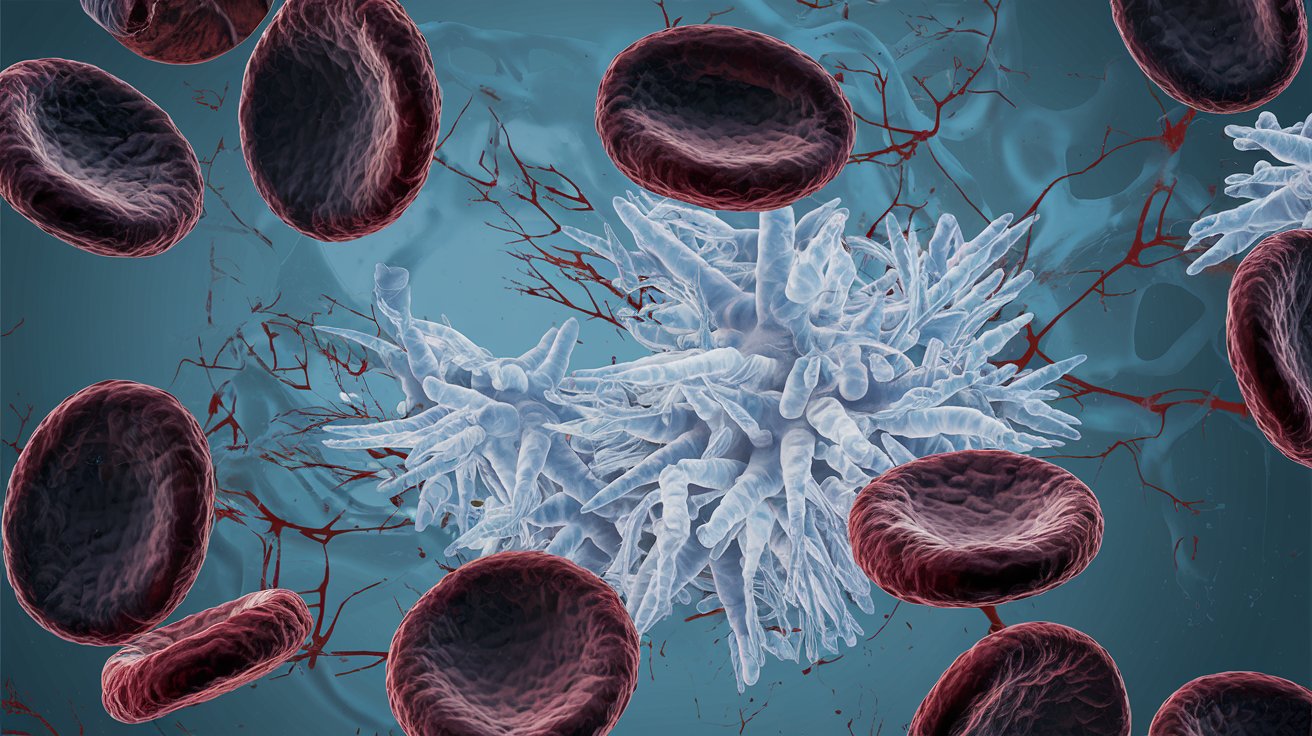
What is Argininosuccinic Aciduria? Argininosuccinic Aciduria (ASA) is a rare genetic disorder that affects the urea cycle, which is the body's way of removing ammonia, a toxic waste product, from the bloodstream. Caused by mutations in the ASL gene, this condition leads to a deficiency of the enzyme argininosuccinate lyase. Without this enzyme, ammonia builds up in the blood, causing severe health issues. Symptoms can include vomiting, lethargy, seizures, and developmental delays. Early diagnosis and treatment are crucial to manage the condition and prevent serious complications. Treatment options often involve dietary restrictions, medications, and sometimes liver transplantation. Understanding ASA is vital for affected families and healthcare providers to ensure proper care and improve quality of life.
What is Argininosuccinic Aciduria?
Argininosuccinic Aciduria (ASA) is a rare genetic disorder that affects the body's ability to remove waste nitrogen. This condition is part of a group of disorders known as urea cycle disorders. Let's dive into some fascinating facts about this condition.
-
Genetic Cause: ASA is caused by mutations in the ASL gene, which provides instructions for making the enzyme argininosuccinate lyase.
-
Enzyme Deficiency: The enzyme argininosuccinate lyase is crucial for the urea cycle, which converts toxic ammonia into urea for excretion.
-
Inheritance Pattern: ASA is inherited in an autosomal recessive manner, meaning both copies of the gene in each cell have mutations.
-
Newborn Screening: Many countries include ASA in their newborn screening programs to detect the disorder early.
-
Symptoms in Infants: Symptoms can appear within the first few days of life and include lethargy, vomiting, and poor feeding.
-
Ammonia Buildup: Without proper enzyme function, ammonia builds up in the blood, leading to hyperammonemia, which can be toxic to the brain.
-
Neurological Impact: High ammonia levels can cause neurological issues such as seizures, developmental delays, and intellectual disability.
-
Liver Function: The liver plays a key role in the urea cycle, and liver dysfunction can exacerbate symptoms of ASA.
-
Dietary Management: A low-protein diet can help manage ammonia levels in individuals with ASA.
-
Medical Foods: Special medical foods and formulas are often prescribed to provide necessary nutrients without excess protein.
-
Nitrogen Scavengers: Medications known as nitrogen scavengers can help remove excess ammonia from the bloodstream.
-
Liver Transplant: In severe cases, a liver transplant may be considered to restore normal urea cycle function.
-
Lifelong Condition: ASA is a lifelong condition that requires ongoing management and monitoring.
-
Genetic Counseling: Families affected by ASA can benefit from genetic counseling to understand the risks and implications.
-
Carrier Testing: Carrier testing is available for family members to determine if they carry the ASL gene mutation.
How Common is Argininosuccinic Aciduria?
Understanding the prevalence of ASA can help in grasping the rarity and the need for awareness.
-
Rare Disorder: ASA is considered a rare disorder, with an estimated incidence of 1 in 70,000 live births.
-
Population Variability: The incidence of ASA can vary among different populations and ethnic groups.
-
Underdiagnosis: Due to its rarity, ASA may be underdiagnosed or misdiagnosed, leading to delayed treatment.
-
Research Efforts: Ongoing research aims to better understand the prevalence and improve diagnostic methods for ASA.
-
Awareness Campaigns: Awareness campaigns and advocacy groups play a crucial role in educating the public and healthcare providers about ASA.
Treatment and Management of Argininosuccinic Aciduria
Managing ASA involves a combination of dietary, medical, and sometimes surgical interventions.
-
Dietary Restrictions: Strict dietary restrictions are essential to limit ammonia production in the body.
-
Frequent Monitoring: Regular blood tests are necessary to monitor ammonia levels and adjust treatment as needed.
-
Emergency Protocols: Individuals with ASA should have emergency protocols in place for managing hyperammonemia episodes.
-
Multidisciplinary Care: A team of specialists, including geneticists, dietitians, and neurologists, often collaborates to manage ASA.
-
Patient Education: Educating patients and families about the condition and its management is crucial for effective care.
-
Support Groups: Support groups and online communities provide valuable resources and emotional support for affected families.
-
Research Advances: Advances in research are continually improving the understanding and treatment of ASA.
-
Gene Therapy: Experimental gene therapy approaches are being explored as potential treatments for ASA.
-
Clinical Trials: Participation in clinical trials can provide access to new treatments and contribute to scientific knowledge.
-
Future Outlook: With ongoing research and improved treatments, the future outlook for individuals with ASA continues to improve.
Final Thoughts on Argininosuccinic Aciduria
Argininosuccinic Aciduria (ASA) is a rare genetic disorder that affects the urea cycle, leading to an accumulation of ammonia in the blood. This condition can cause serious health issues, including developmental delays, seizures, and liver problems. Early diagnosis and treatment are crucial for managing ASA effectively. Treatment often involves a combination of dietary restrictions, medications, and sometimes liver transplantation.
Understanding the symptoms and seeking medical advice promptly can make a significant difference in the quality of life for those affected. Genetic counseling is also recommended for families with a history of ASA to understand the risks and options available.
By spreading awareness and knowledge about ASA, we can help those affected lead healthier lives and support ongoing research for better treatments. Stay informed, and don't hesitate to consult healthcare professionals if you suspect ASA in yourself or a loved one.
Was this page helpful?
Our commitment to delivering trustworthy and engaging content is at the heart of what we do. Each fact on our site is contributed by real users like you, bringing a wealth of diverse insights and information. To ensure the highest standards of accuracy and reliability, our dedicated editors meticulously review each submission. This process guarantees that the facts we share are not only fascinating but also credible. Trust in our commitment to quality and authenticity as you explore and learn with us.


